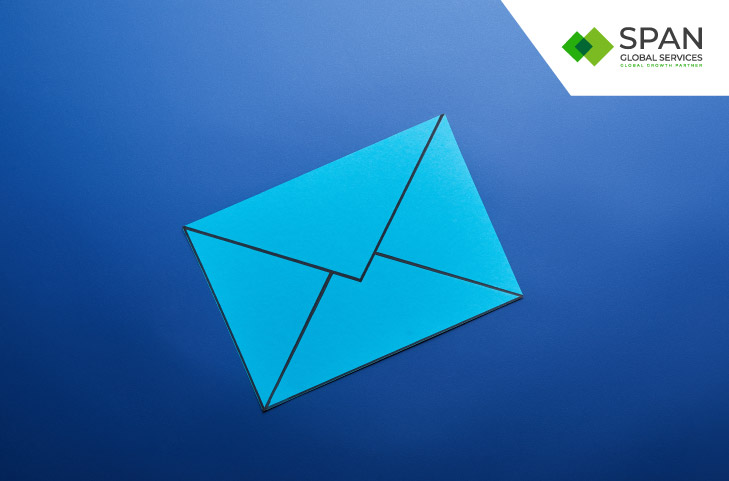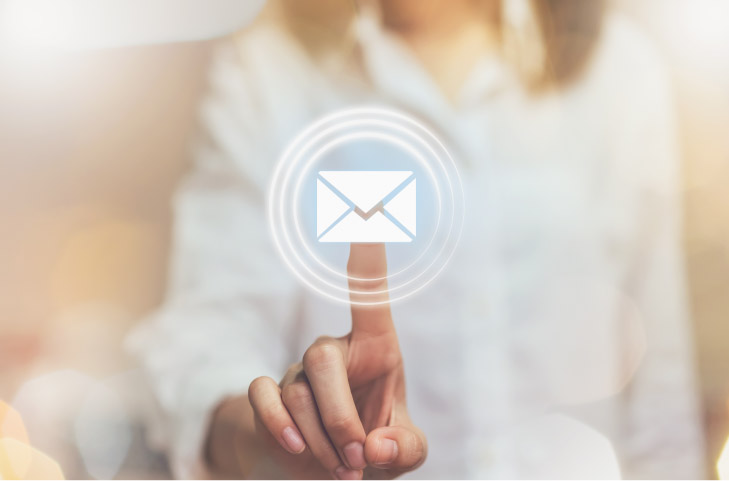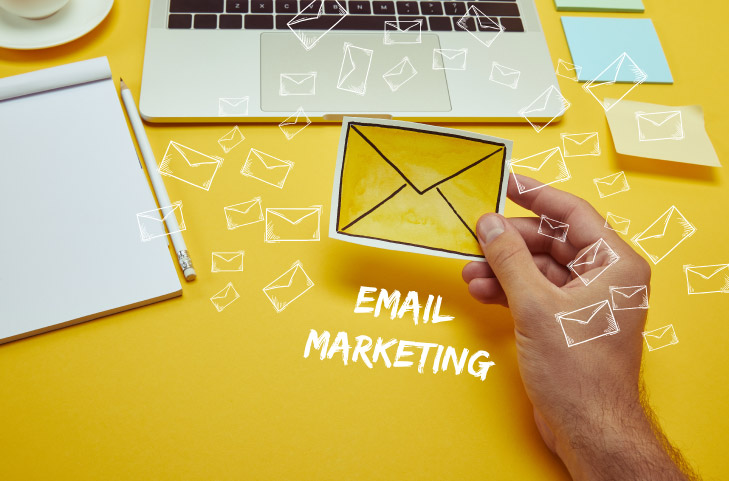There are 4 billion-plus active email users worldwide, making email an inseparable part of companies’ digital marketing efforts. But your audience receives hundreds of emails daily, so getting them to open a promotional email isn’t easy. That is why email design is so important. Your email design decides whether or not the recipient will open and read your email, depending on whether your campaign will generate the desired click-through rate.
To help you grab the attention of your audience, convey your message and convert leads into sales, here are the top 7 best practices for email design you must follow.
1. Start Strong with an Attention-Grabbing Subject Line
The subject line is the first thing audiences see when they receive your emails. The purpose of the subject line is to encourage audiences to open emails without giving away too much information. Depending on the email content subject can be witty, humorous, and a hot take but still offer some value to make readers go ahead and read the entire email.
Incorporating the recipient’s name, emojis, puns, idioms, power, and curiosity words. However, you must never write the subject in all caps or overuse punctuation. The key is to summarize email content and keep your subject line short. Best email design’s subject line never exceeds 60 characters.
2. Include a Pre-Header in Your Email Design

After the subject line, the next thing recipients see the pre-header. Why is it important? Because a catchy pre-header increases the average email open rate by 8%. Now, you can paraphrase some lines from the email’s content for a pre-header and call it a day, but that is not a best practice for email design.
Pre-header is an essential element of email design, and you must put some thought into it. The best practice is to create your subject line and pre-header together. That way, you can keep your subject line short and catchy, guiding readers to the pre-header and conveying what to expect from the email.
3. Craft Concise Email Copy
Now that you have gotten recipients to open your email, it is time to create an actual email copy. Creating a compelling email copy is tricky, and you should try to be concise with what information you convey. Not many people sit and go through each line of emails they receive. But instead, they scrub through them. They look for links and jump to the website for more details.
So, get straight to the point instead of beating around the bush. With your copy, lucidly convey what you want from the recipient. Use short sentences, headlines, bold font to highlight important text, and lists to make information easier to grasp.
4. Personalize the Email Design

Personalization is emphasized in most forms of digital marketing, and email design is no exception. In fact, personalization increases the email open rate by 35%, making it worth the effort. The simplest way to personalize an email design is to name the recipients’ names in the subject line and the email copy, and that may get them to open your email but to get them to perform an action, you need to go a step ahead.
If you maintain a database with customer details, now is the time to use it. Use data to implement dynamic content to serve each recipient’s diverse needs and wants. Dynamic content displays unique images, videos, email copies, and links relevant to the recipient. So, they are more likely to read the entire email and click the CTA.
5. Add Visuals to Your Email Design
Without colors and other visual elements, your email copy will be a dull block of text, no matter how creatively you convey your message. An email design with only a block of text cannot keep the recipients’ attention for long. So, spend time deciding how your email would look to the audience.
First of all, you should try and brand your email design. Place logo and decide color scheme in line with your brand’s identity. Instead of generic fonts, use some unique fonts to leave a lasting impression on readers.
Then, add visual elements to add breaks to the written content. Use images, videos, graphics, GIFs, and animations to create unique UX for readers. Also, do not shy away from using appropriate memes and emojis.
6. Use a Responsive Email Design
As you already know, today’s audience has various devices to access emails. Most people use smartphones to access emails, followed by laptops and desktops. A responsive email design adapts to different devices, so the email’s content is easily visible to recipients. So, email designers should optimize their designs for different screen sizes as well as resolutions.
Google keywords like “online email designer/creator,” and you will have a vast list of tools that allow you to create email templates that automatically adapt to different screen shapes and sizes without requiring you to write any code.
7. Ensure CTA is Visible
You send emails to encourage your audience to perform some action, and if they cannot find the CTA, they will get your intent but will close the email and get on with their work. The best way to add a call-to-action is to use a clickable button. Add a button with easy-to-see colors and use the contrasting background to increase its visibility.
You will find guides telling designers to use image-based buttons. But to really increase click-through rates, it advised you use CSS and HTML rendered buttons because many email clients block images in the inbox. As a result, buttons disappear, and click-through rates suffer.
Final Words

When it comes to email designs, there is no one size, or design in this case, that fits all. So, you must experiment with new layouts, placement of content, and CTAs. Then compare metrics like open and click-through rates to determine which design works the best.


